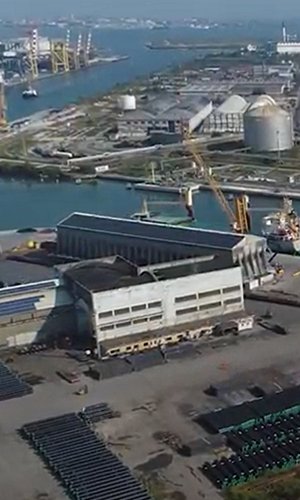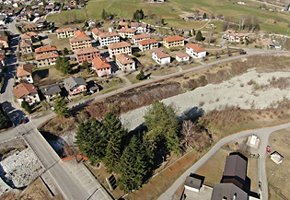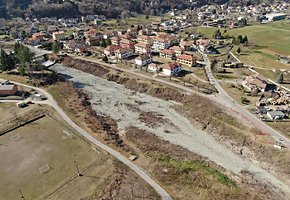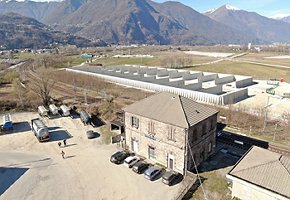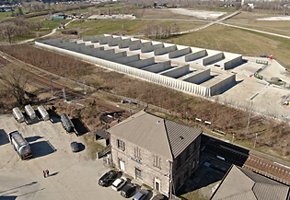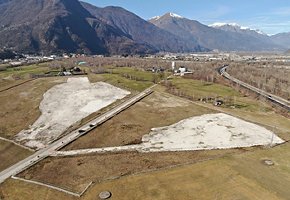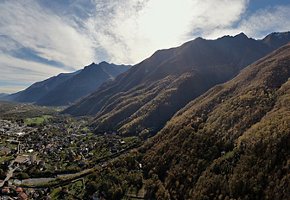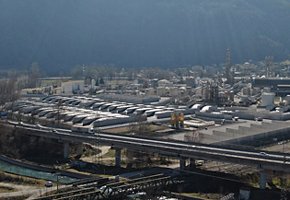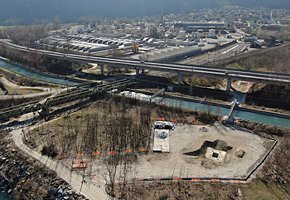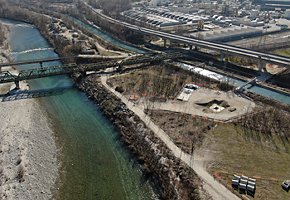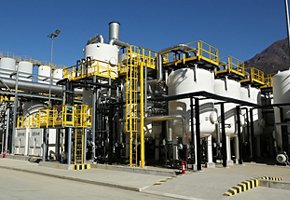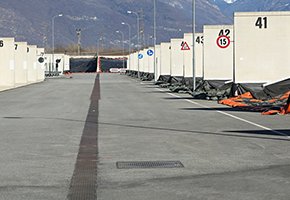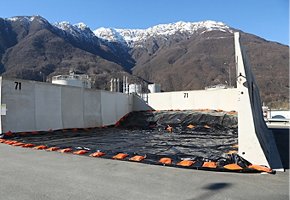The Site of National Priority of Pieve Vergonte is located in the Ossola Valley in Piedmont. It was identified in 1998 and its perimeter defined in 2000. It includes the area of the industrial site, which is in turn divided into internal and external areas, part of the River Toce and the bay of Pallanza overlooking Lake Maggiore. The first industrial plant dates back to 1915 with the launch of the Chimica dott. Vitale company in the former Rumianca municipality which, together with Fomarco, is now Pieve Vergonte. Over the years, the plant specialised in the production of chlor-alkali, sulphuric acid and fertilisers and later, other products to support the war industry. In the 1920s the plant was taken over by Snia and then by the Rumianca company (since 1967, the SIR-Rumianca group) for the production of DDT, chlorine derivatives, intermediates and finished fertiliser cycle products. Eni has been operating in Pieve Vergonte since 1982, through its subsidiaries Anic and later Enichem Synthesis, as part of a legal acquisition ordered by the State to save the industrial site. In 1997, the production activities were sold to the Belgian company Tessenderlo, with surface rights on the internal areas (about 23 hectares), and then transferred to Hydrochem Italia and, in 2019, to the Esseco Group, which now manages the chlor-alkali plant and the chlorine-aromatics lines. Since then, Enichem, which then became Syndial and now Eni Rewind, has managed the remaining areas (about 14 hectares) and is responsible for the soil and groundwater remediation of the site.
Our Channels
Your business, our energy
Produtcs and solutions for business and customers Italy and abroad
Go to myeni
Voice search
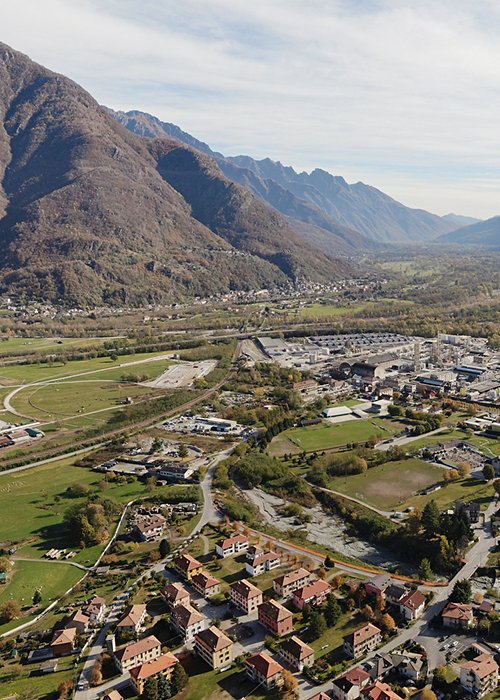
Pieve Vergonte
The remediation of the site is destined to become part of Italy’s environmental engineering history.
1995
Start of the remediation process
Ex Rumianca
Origin of areas
~4,291 ha (of land)
Surface area of the Pieve Vergonte Site of National Priority, of which 37 are owned by Eni Rewind
€ 276 million
Environmental costs at 2024
OPEX € 4.3 million
Annual water management costs
8,278,92 m³
Water treated in 2024
Our activities in Pieve Vergonte
The industrial site is divided into an internal area, which includes the Esseco Group industrial areas, the former Krebbs Hall, the former DDT plant and the groundwater treatment plant, and an external area that includes the VF area, the AE areas, the ANAS area and the Marmazza river area. Enichem began the site remediation in 1995 with environmental investigations of the soil and groundwater, which were included in the Characterisation Plan that was approved in 2003. This was followed by emergency safety measures, the demolition of the DDT, Chloral and Krebbs plants, the construction of the pump and treat containment system and the installation of the GTP plant , which is now one of the largest in Europe.
The remediation plan, authorised in 2014, includes the restoration of the Marmazza river to its natural course, the construction of a drainage system at the point where the river is diverted, the expansion of the groundwater treatment plant and the integration of the existing hydraulic barrier, the implementation of air sparging and soil vapour extraction (AS/SVE) for in-situ groundwater remediation, the removal of contaminated soil from the internal and external areas of the industrial site, and reinforcement of the banks of the River Toce towards Vogogna. Treatment at the Soil Washing plant is planned to facilitate the recovery of the soil excavated during the remediation activities: compliant soils will be used for backfilling operations inside the industrial site. The soil that is not suitable for re-use will be contained in an on-site facility.
Read about our other remediation projects
We have carried out environmental remediation and regeneration activities in former industrial and brownfield sites.
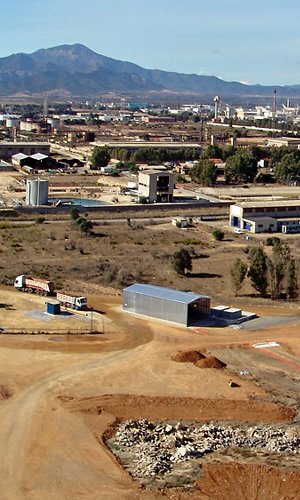
Assemini
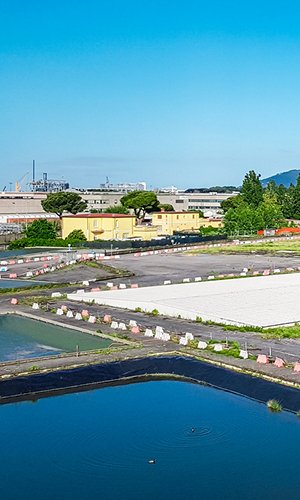
Avenza
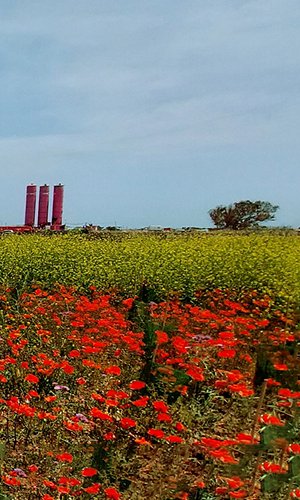
Brindisi
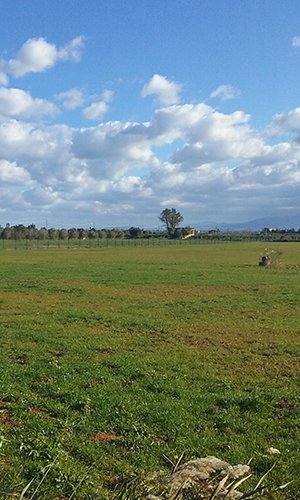
Cassano-Cerchiara
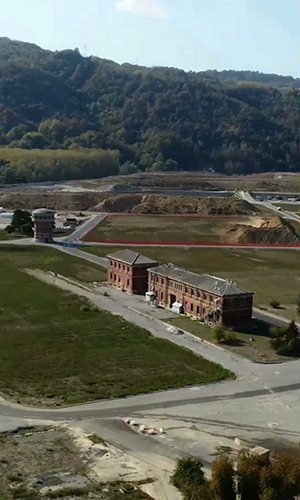
Cengio and Saliceto
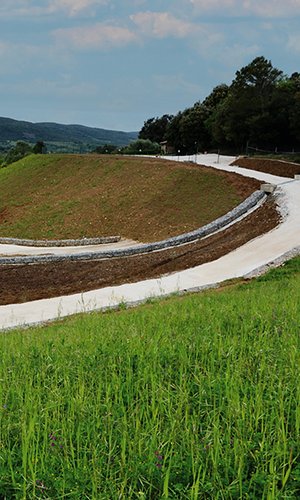
Colline Metallifere
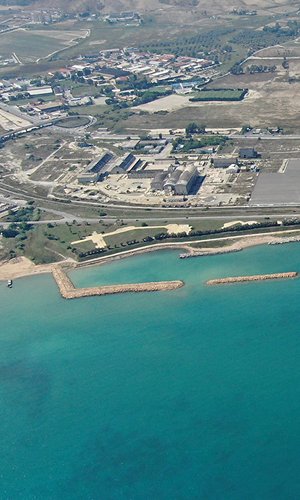
Crotone
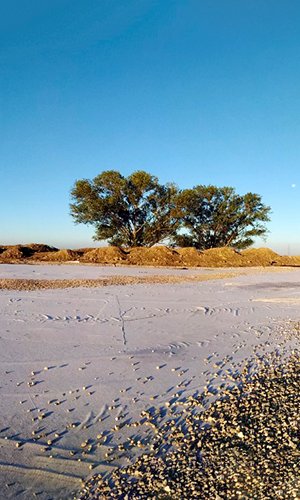
Ferrara
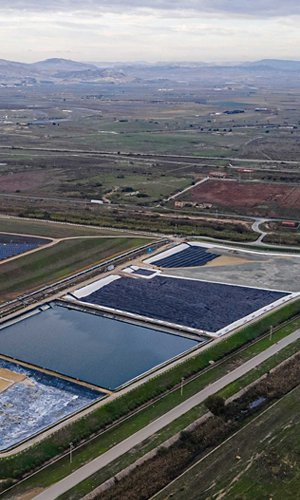
Gela
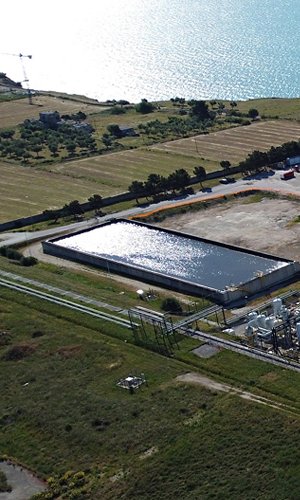
Manfredonia
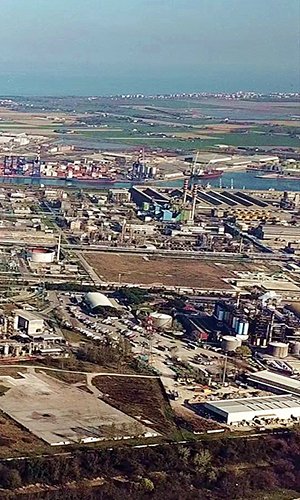
Ravenna
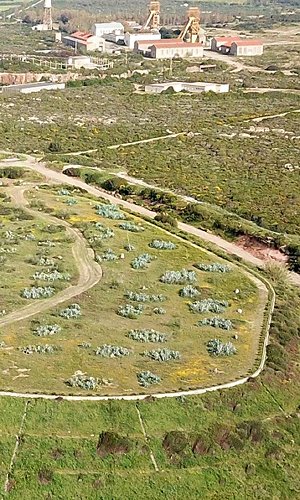
Sa Canna
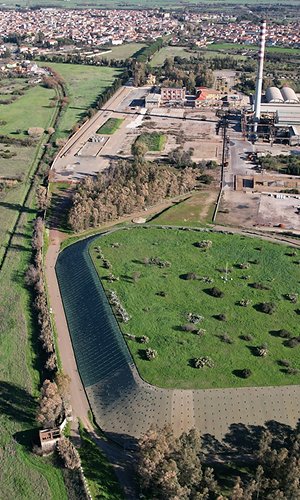
San Gavino Monreale
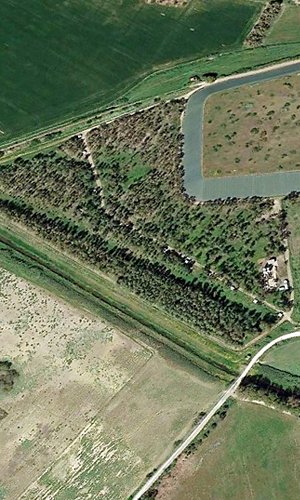
Sa Piramide
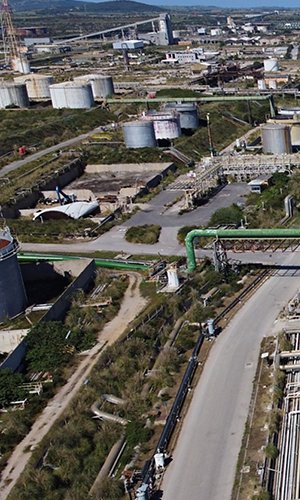
Porto Torres
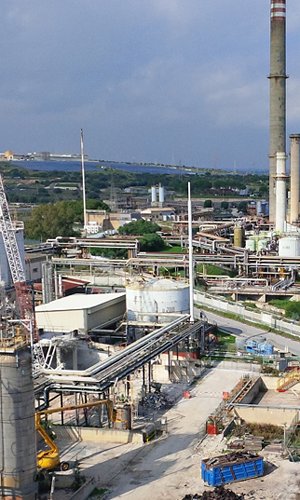
Priolo
